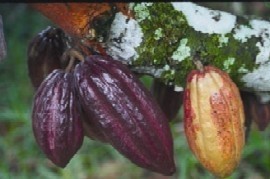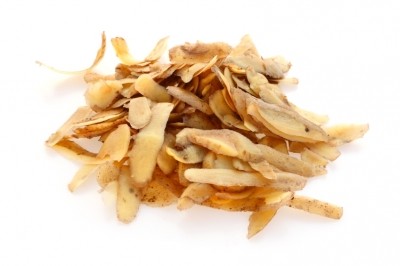Enzyme technology may provide value-added extracts from peanut waste

The study – published in the Journal of Food Biochemistry – evaluated the properties of water soluble fractions prepared from peanut meal waste by breaking down (hydrolysis) the meal with different commercial proteases. The results revealed that the processes improved functional and nutritional properties of the peanut protein.
The researchers, from the United States Department of Agriculture (USDA), reported that the antioxidant capacities of all the hydrolysed extracts were greater than the un-hydrolysed peanut meal. The team also reported that the type of enzyme used to hydrolyse the peanut meal resulted in the presence of different levels of sugars in the extract, which they said would influence later functionalities in addition to affecting downstream drying and processing of the extract.
“Recently described efforts to sequester aflatoxin from peanut meal during processing have proven successful, potentially allowing for processing of this material into value-added components including aflatoxin-free protein/peptide concentrates,” said the researchers, led by Jack Davis or the UDSA’s Agricultural Research Service.
Peanut meal
Peanut meal is the defatted, low-value, by-product of commercial peanut oil production. The USDA researchers noted that the annual production of peanut meal in the USA alone is around 100,000 tons.
The by-product meal is an excellent source of protein (containing between 45–55%), however, high levels of aflatoxin are usually found in the meal, and so its use is currently limited to applications in feed and fertilizer markets.
Davis and his team noted that recent studies have shown that the addition of commercially available sodium bentonite clay can effectively remove aflatoxins within aqueous dispersions of contaminated peanut meal during protein extraction.
The researchers noted that good functionality “is important for any protein-based ingredient to allow efficient utilization in a broad range of food systems.” The team added that whilst it is well known that peanut protein contained within edible flours or that isolated from raw or roasted seed “can effectively serve as a functional food ingredient in various applications ... there is limited work directly pertaining to the functionality of peanut meal protein.”
Research details
Defatted peanut meal was (provided by Golden Peanut Company, USA) was dispersed in water by the research team before being , broken down (hydrolysed) peanut meal waste dispersions with different enzymes (alcalase, flavourzyme and pepsin) in an effort to improve functional and nutritional properties of the resulting extracts.
Davis and his team reported that the degree of hydrolysis achieved by the enzymes ranged from between 20 and 60% for alcalase, to between 10 and 20% for pepsin, and 10 to 70% for flavourzyme.
The antioxidant capacities of all hydrolysates were also found to be greater than unhydrolyzed controls, and correlated linearly with the degree of hydolysation – whereas antioxidant capacities of hydrolysates were minimally dependent on bicinchoninic acid protein solubility or relative amino acid distribution, said the researchers.
They also found that soluble glucose, fructose and sucrose contents were distinctly different in the isolates for each of the three enzymes.
“Levels of these sugars are important when considering: (1) downstream drying applications for these soluble extracts; and (2) the final functionality of dried ingredients prepared from these soluble extracts,” noted Davis and his team.
For example, they noted that when alcalase is used to break down the peanut meal, the resulting isolates have increased contents of glucose and sucrose with increasing hydrolysis time, whilst fructose content was minimally affected.
Source: Journal of Food Biochemistry
Published online ahead of print, doi: 10.1111/j.1745-4514.2011.00566.x
“Value-added processing of peanut meal: Enzymatic hydrolysis to improve functional and nutritional properties of water soluble extracts”
Authors: L.E. Kane, J.P. Davis, A.J. Oakes, L.L. Dean, T.H. Sanders














